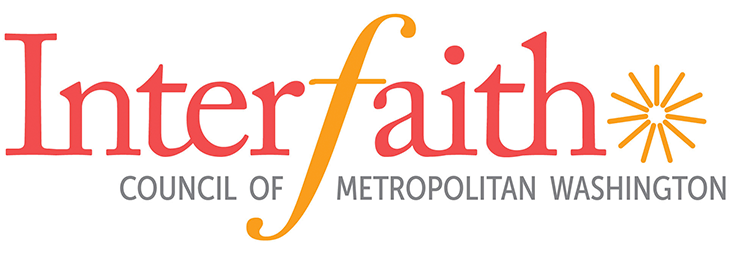
As parents and people of faith we are well aware of both the blessings and dangers of faith formation. Will our children know God? Will they be able to recognize the holiness of other traditions? Will faith formation nurture or turn children away from their spiritual lives? When shall we begin?
Language is crucial to participation in the human community. Children are born with an openness and facility for learning languages that lasts for the first six years of their lives. With exposure to the languages of their home and community they easily learn their vocabulary and grammar, without effort, and without confusion. This skill is foundational to human life. As parents, we speak to our children before they understand. We don’t read them grammar books or vocabulary studies, we just talk about their lives, their loved ones, their activities and bit by bit they recognize words, phrases, and expressions and begin to repeat them.
In the same way young children are gifted with a particular sensitivity to the love of God in their early years. This love is communicated in each tradition primarily through signs: foods, colors, plants, gestures, objects that speak of the sacred, and communicate the presence and love of God among us. We don’t read theology to them, but we do introduce them to the signs as we pass through the holidays and holy days of each year. These signs are powerful and rich, and we continue to grow in our understanding of them throughout our lives. To withhold these signs from our young children is to deprive them of the language of faith, and to deprive them of a kind of religious “literacy” that will also allow them to recognize the grace of the signs of other traditions.
Jews use the Torah, Christians use bread and wine, Muslims use the postures of daily prayer, Buddhists use the lotus flower, Hindus use “Om.” Each of these signs, along with many others, helps the faithful to encounter transcendent mystery. That mystery is not one easily seen, heard, or felt. Signs, which can be seen, heard and felt, facilitate the experience and understanding of the transcendent.
In the coming month Jews will gather to celebrate Passover with a Seder full of signs. Cups of wine are shared as a sign of hope and freedom. Many Christians will gather at sundown before Easter and light a new fire as a sign of the resurrection of Jesus. Muslims will fast from sunrise to sundown for the month of Ramadan as a sign of the revelation of the Q’ran to Mohammed. The young ones of these faiths who sip the wine, observe the new fire, or eat dates to break the fast at sundown are beginning to learn the signs of their tradition through these experiences.
Children who have learned their native language well are poised to learn new languages with greater ease. Children who learned the “language” of their religious tradition are likewise poised to grasp the sacred signs of another tradition. As we nurture the spiritual life of young children with sacred signs, we simultaneously build the foundation of respect and understanding for others’ beliefs. With spiritual literacy, faith and interfaith formation work hand in hand, promoting in turn a more peaceful world.
by Catherine Maresca
Center for Children and Theology
